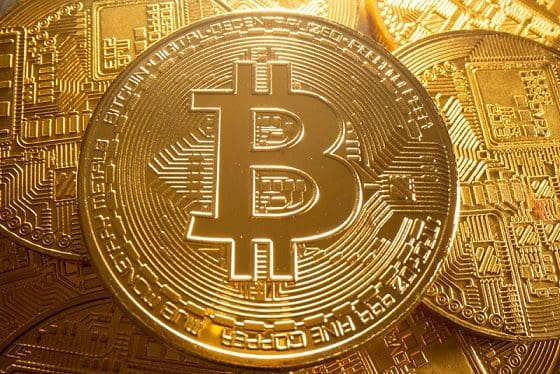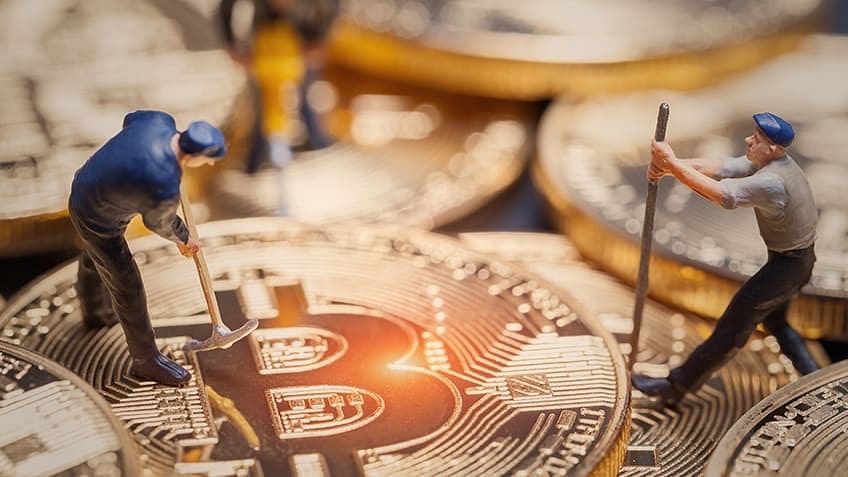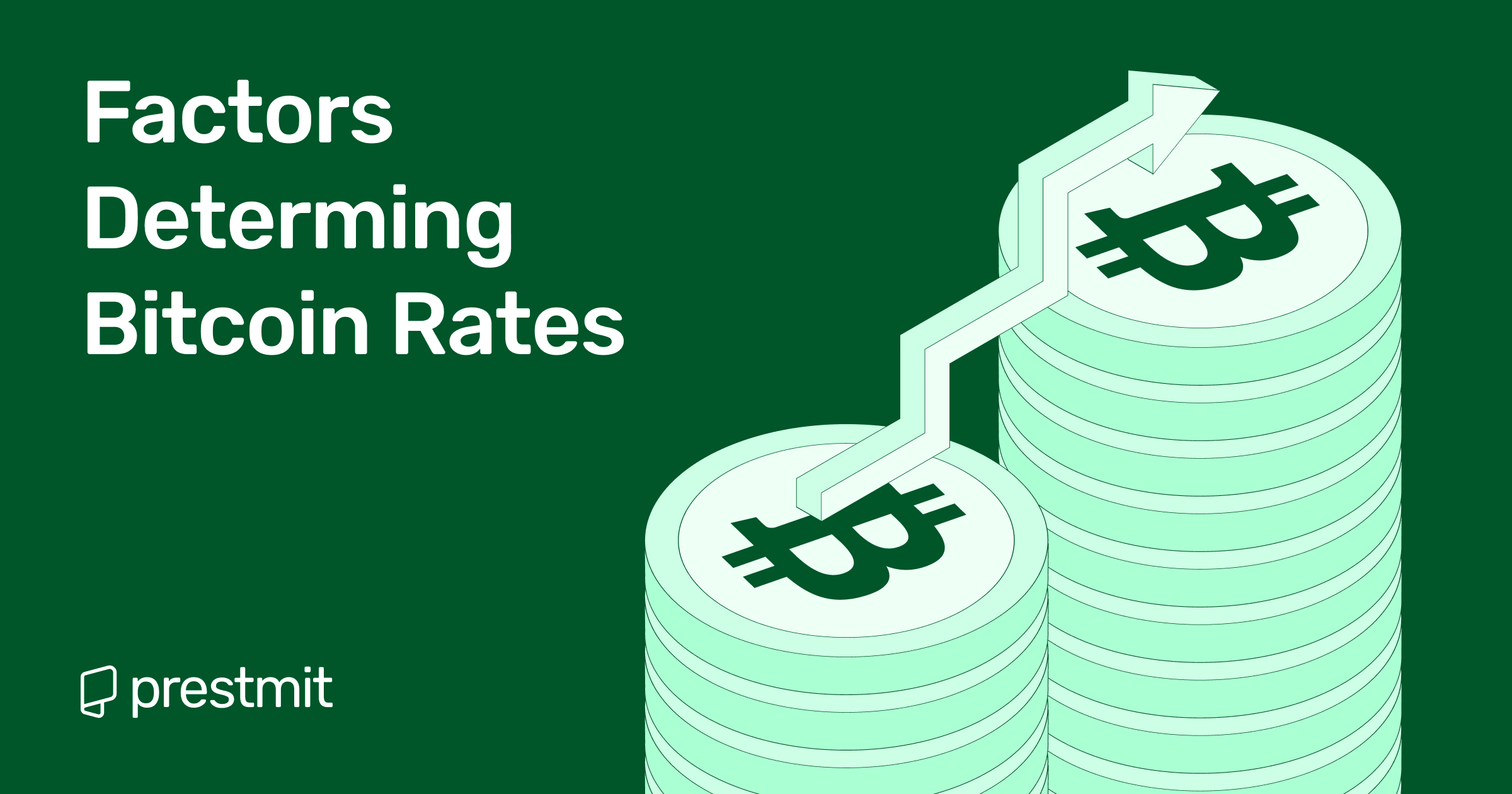Table of Contents
Bitcoin has evolved from its early creation as a fringe digital currency experiment. Today, Bitcoin is enjoying a positive trajectory after smashing the $100K psychological level to new all-time highs. This again puts Bitcoin in the global spotlight as a dominant store of value.
Behind this groundbreaking headline and price charts lies a much bigger question. What drives the rate for a currency with no fixed intrinsic value, no central authority, governmental control, or support?
The truth is, Bitcoin price is driven by a combination of some economic, global and market factors including but not limited to its supply, the market demand, cost of production and others which we will discuss in detail shortly in the following sections of this article, why and how to make the best trading decision against the backdrop of Bitcoin Volatility.
An Overview of Bitcoin Volatility

Bitcoin volatility refers to how fast and unpredictably its price moves over time. Unlike traditional currencies or assets like fiat currencies, which change in small percentages or maintain a stable increment, Bitcoin’s price can increase or crash by 10 – 20% within a few hours. This makes Bitcoin a highly volatile asset, and for some investors, that is a complete red flag, but for others, it is the opportunity they have been patiently waiting for.
This volatility stems from Bitcoin’s unique structure. Bitcoin operates in a free market without the central bank or government value control. This volatility does not mean Bitcoin is risky or unstable.
Bitcoin has shown short-term turbulence and long-term growth over the years. Every major Bitcoin crash has historically been followed by stronger recoveries, creating massive opportunities for traders and long-term investors.
Factors that Determine Bitcoin Rate
Below are the five important factors driving the Bitcoin rate, each playing a critical role in shaping the market’s next move.
1. Demand and Supply
At the center of Bitcoin’s price movement is a basic economic principle: demand and supply. Supply here means the number of Bitcoins available, and demand, on the other hand, is about how many people are willing to own Bitcoins. There will only be 21 million Bitcoins in existence. This scarcity alone sets Bitcoin apart from normal fiat currency, which can be printed indefinitely.
The rise in retail adoption or institutional players, especially during bull runs, when the price keeps rising over a sustained period, increases demand while supply maintains its stance. This imbalance often leads to upward price movement. Events like Bitcoin halving, a scheduled event that happens every four years, further reduce the rate at which new coins are introduced into circulation.
In simple terms, Bitcoin is like digital real estate. There is only so much of it. The price naturally increases as more people want a piece of it and fewer new coins are available. In the long term, this combination of limited supply of Bitcoin and the growing demand acts as a pressure cooker for prices. This makes Bitcoin volatile and designed to become more valuable and scarce over time.
2. Competition in the Crypto Market
Bitcoin may be considered the first cryptocurrency, but it no longer operates in isolation. Over the years, hundreds of alternative digital currencies have been created.
The rise of Ethereum, Solana, Avalanche, and many other layer-1 blockchain has interested investors and introduced stiff competition in the market. These coins provide smart contract features, scalability, and use cases that go beyond Bitcoin’s store of value projection.
This competition affects Bitcoin dominance and also divides investors’ attention. When altcoins outperform, capital is often moved out of Bitcoin, but Bitcoin maintains its position as digital gold, a hedge against inflation, and a long-term store of value.
3. Government Regulations
When governments make policies or rules, the market listens, and crypto is no exception. Regulations have one of the most immediate impacts on Bitcoin or any cryptocurrency price because they affect its access, trust, and even investor behavior.
A strict tax policy or an outright ban on crypto can play a big role in investor sentiment. These strict restrictions often lead to panic selling or market uncertainty, while increased favorable regulation can bring legitimacy and encourage institutional adoption. Savvy investors watch policy regulation closely, knowing that laws change the power to redirect the entire crypto market.
4. Cost of Production (Mining cost)

Bitcoin is created through mining. Powerful computers validate Bitcoin transactions and resolve complex puzzles to secure the network.
However, this is not free; miners spend much money on electricity, specialised hardware, and maintenance. These mining costs set a practical price floor for Bitcoin.
Suppose the cost of Bitcoin mining outweighs the market price. In that case, miners may stop their operation because it is no longer profitable, which often reduces network activity and can affect market supply. On the other hand, when prices are high, more miners are encouraged to join the network, thereby increasing network security and processing power.
This mechanism keeps Bitcoin’s rate consistent over time but also affects miners’ availability for sales, which in turn influences the market price.
5. Media Coverage and Public Sentiment
Bitcoin is just as psychological as it is technical. The headlines drive emotion, and emotion drives action. A news headline from mainstream media, financial influencers, or even a tweet from a high-profile business mogul or tech giant can trigger massive price swings.
Positive news like a major partnership, corporate adoption, favorable government policies, or approval can spark the fear of missing out (FOMO) and lead to a price increase. On the flip side, negative rants like exchange hacks, empirical criticism, or regulatory crackdowns can lead to panic selling. The power of social media platforms like X can not be underestimated.
Investors are more likely to react to emotional signals than technical data. This is why the Bitcoin price is about numbers and the narrative. The stories people believe, share, and act on can create or destroy momentum in ways that no chart can fully explain.
How to Make the Best Trading Choice Amid Bitcoin Volatility
Bitcoin price volatility can be overwhelming, especially for new traders. One minute, it is high, and the next, it is pulling back fast. But instability does not mean chaos; it can be an opportunity with the right strategy.
The first rule of trading bitcoin in an unstable market is to avoid emotional or impulse decisions. Fear of missing out (FOMO) and panic selling are two of the biggest mistakes that make many traders lose money. Instead of chasing the market, it is important to study it and focus on your goals and risk tolerance.
One smart way to do this is through dollar cost averaging (DCA). This means investing a certain amount regularly, regardless of the current value. It reduces your risk for rapid market ups and downs and reduces the average cost of investment.
Finally, set a clear strategy and don’t invest more than you want to lose. The traders or investors who succeed are not the ones who make the most trades; they are the ones who stay consistent, informed, and patient.
Frequently Asked Questions (FAQs) About Factors Determining Bitcoin Rate
What is the Safest way to trade Bitcoin during a volatile period
The most reliable way is to stay disciplined. It is also wise to track key indicators like market trends and volume. Avoid trades driven by hype, fear, or emotion.
Can mining costs influence Bitcoin price
Yes. Mining involves expenses like electricity and hardware that impact mining profitability. When mining becomes costly, some miners exit the network. This reduces the supply of new Bitcoin, putting pressure on the price.
Why is the Bitcoin price unstable?
The price of Bitcoin changes due to its supply, market demand, market competition, media, and regulatory changes. Since the market is highly reactive, a small shift in any of these areas can lead to a price swing.
How often does Bitcoin experience price swings
Bitcoin price can swing daily, but major crashes occur around major events like regulation changes or halving cycles. On average, Bitcoin has a few large moves per year that sometimes impact the entire crypto market.
Conclusion
Bitcoin price swing may be unpredictable at first, but these price fluctuations are driven by some measurable factors as discussed. Each of these factors plays a different role in shaping the bitcoin market. The more you understand what moves Bitcoin, the better position you are to respond – not react.
Last updated on August 8, 2025

